Today’s on-the-go world of sustainability and technology offers an alternative in solar battery chargers. Outdoor enthusiasts and environmentalists are taking heed and using this handy gadget to preserve battery power. This guide will detail the inner workings of solar battery chargers, their benefits, and the factors you should keep in mind when buying and using this environmentally-friendly product.
Table of Contents:
– What is a solar battery charger?
– How does a solar battery charger work?
– Benefits and drawbacks of a solar battery charger
– How to choose a solar battery charger
– How to use a solar battery charger
What is a solar battery charger?
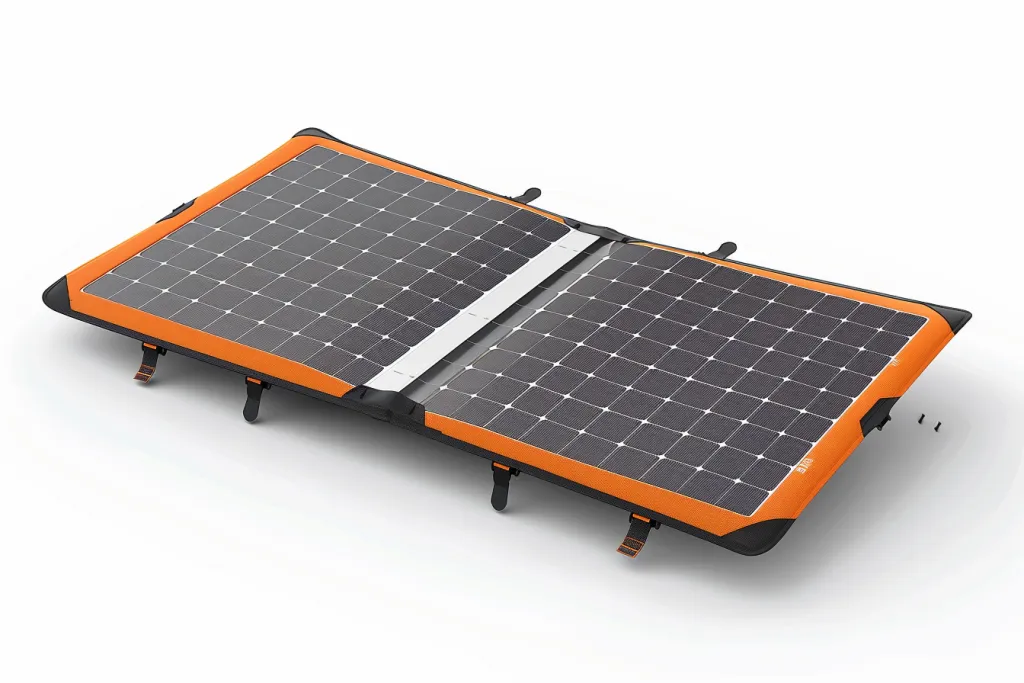
A solar battery charger is a device that converts sunlight into electrical energy to charge batteries or power electronic devices directly. Different from conventional chargers which derive their energy from grid electricity they are powered by the sun, a completely renewable energy source, which makes them an eco-friendly way of powering your gadgets on the move!
Solar chargers come in a range of models. Some are small and good for on the move charging of smartphones and cameras, while others are larger and designed to keep the battery charge of car batteries or boat batteries.
The technology that goes into solar battery chargers is also interesting and continually developing. Some are rigid and more permanent installations, while others are foldable, suited to backpackers and other travellers who want to keep their carbon footprint to a minimum.
Knowing the components and types of solar battery chargers are important for anyone considering their use. The basic components include solar panels, charge controllers, batteries (for storage) and, in some cases, an inverter, which converts the stored DC power into AC power. The type of solar battery charger a person needs depends on the application, battery type, and amount of capacity they need. Knowing their needs before purchasing a solar battery charger would help decide which charger to buy.
How does a solar battery charger work?
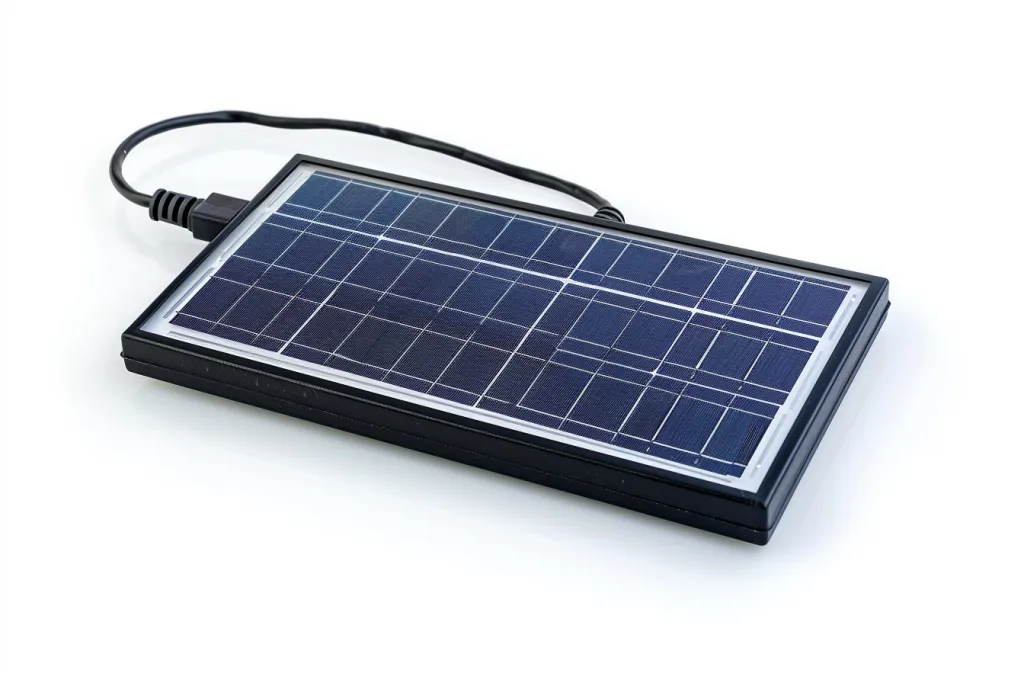
All solar battery chargers have at least one photovoltaic (PV) cell, which is a semiconductor device that converts light (photons) into electrical current (volts). When the sunlight strikes the surface of the PV cells in a solar panel, it knocks loose electrons or excitons, which can be harnessed to create an electrical current. The electrical current is then transformed and driven into the batteries or appliances to provide power. The challenge in designing solar panels is to convert as much of the sunlight as possible into useful electricity, which is why researchers have intensively studied and improved the efficiency of this conversion process.
One of the most important components in this is the charge controller, which controls the current delivered to the battery, preventing overcharging (and hence heat and battery damage). More sophisticated controllers known as maximum power point trackers (MPPT) dynamically control voltage and current to maximise the available power from the panels. This can add several percentage points of efficiency over simpler circuitry. What the charge controller can do is absolutely critical to how the charger will perform and for how long its batteries will provide a useful life.
How solar battery chargers function depends on several details. For example, it depends on the angle at which the solar panels are placed, the amount of sunlight, and the type of battery being charged. However, once all these details are known, the efficiency of solar charging can be maximised. This knowledge also contributes to a more sustainable use of resources.
Benefits and drawbacks of a solar battery charger
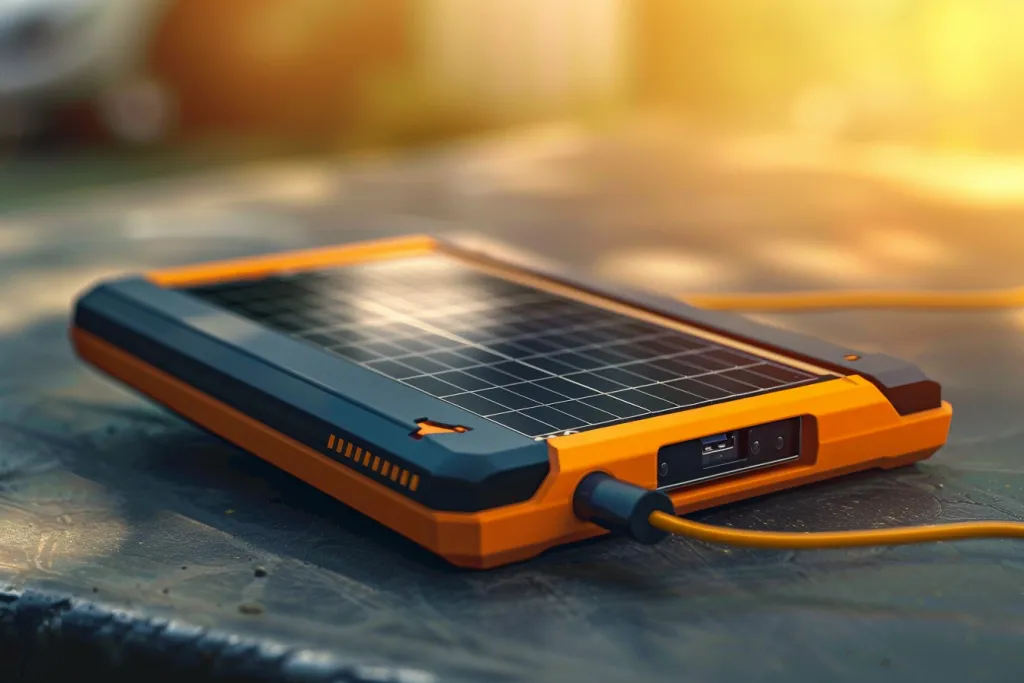
There are many benefits of Solar battery chargers, let us look at some of them. The first and foremost advantages of these solar chargers are that they are ecofriendly and do not need fossil fuels as a reason for electricity generation, which in turn reduces carbon emmissions to a very less extent. Hence this is a very effective and useful for human beings and nature, as thee can reduce the use of fossil fuels. Another major advantage associated with these solar chargers is that they provide the users with the freedom and convinience of charging their devices anywhere there is sunlight.
They are very beneficial to outdoor activities and camping tours. Also, these chargers are extremely useful in areas where there is no availability of electricity.
But solar battery chargers also have their disadvantages as they can be quite dependant on the weather, which affects their efficiency. They are less effective on cloudy or rainy days, so this limitation can be quite significant for people who live in the less sunny parts of the world. Moreover, the initial cost of high-quality solar charging systems can be quite high, and though this expense is usually compensated by the savings on electricity which can amount to hundreds or even thousands of dollars in many years to come and advantages of using renewable source of energy.
Despite these demerits, the merits of using solar battery chargers, such as environmental friendliness and independence, compel people towards its growing popularity. With the advancement of technology and falling costs, these devices are becoming a viable option and realisable for a bulk of charging needs.
How to choose a solar battery charger
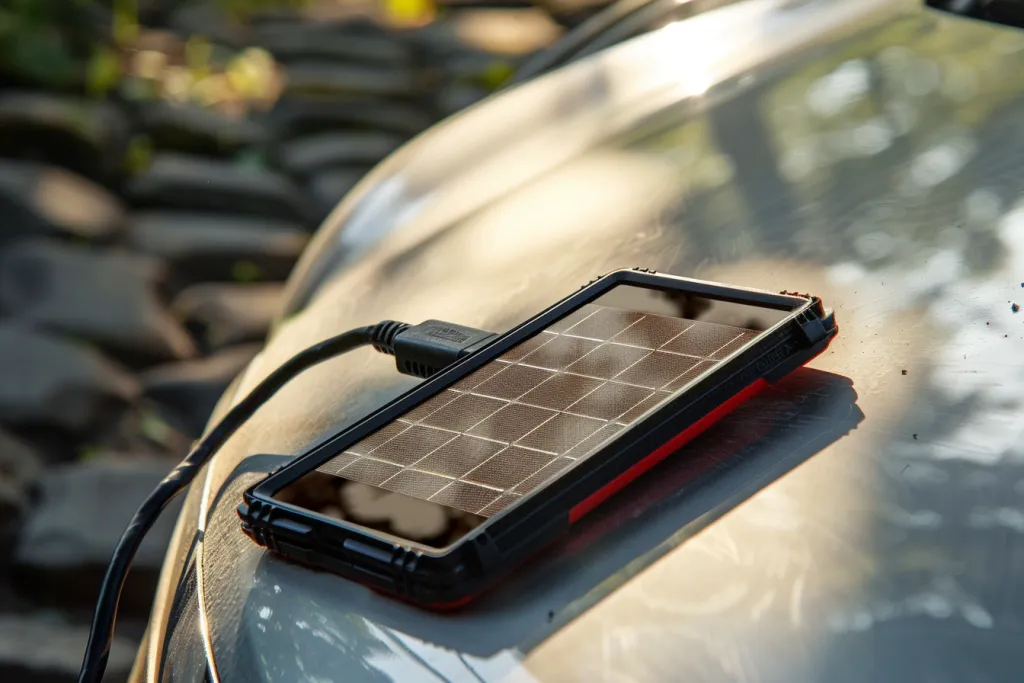
There are many factors to consider when choosing the best solar battery charger. First, the number and type of batteries, and the total capacity, will help you select the right solar battery charger. For example, a car battery will have a different specification from a smartphone, so you will need a different solar battery charger for each. For a portable solar battery charger, efficiency and the quality of its materials – particularly the solar panels and the charge controller – will have a major impact.
Portability and durability are other aspects to consider, particularly for outdoor events. Seek models that are reasonably lightweight and compact, and made of rugged materials that will withstand the weather. You might also check the user interface and ease of use, and see if MPPT or USB ports are available for direct charging of devices, which could be helpful.
After that, take a look at the price. Compare it with your budget and the features of the charger – although the cheaper options can be tempting, the top-quality chargers with good efficiency of components and durability can pay off in the long run. Do your research and decide on the charger that will serve your purpose the best.
How to use a solar battery charger
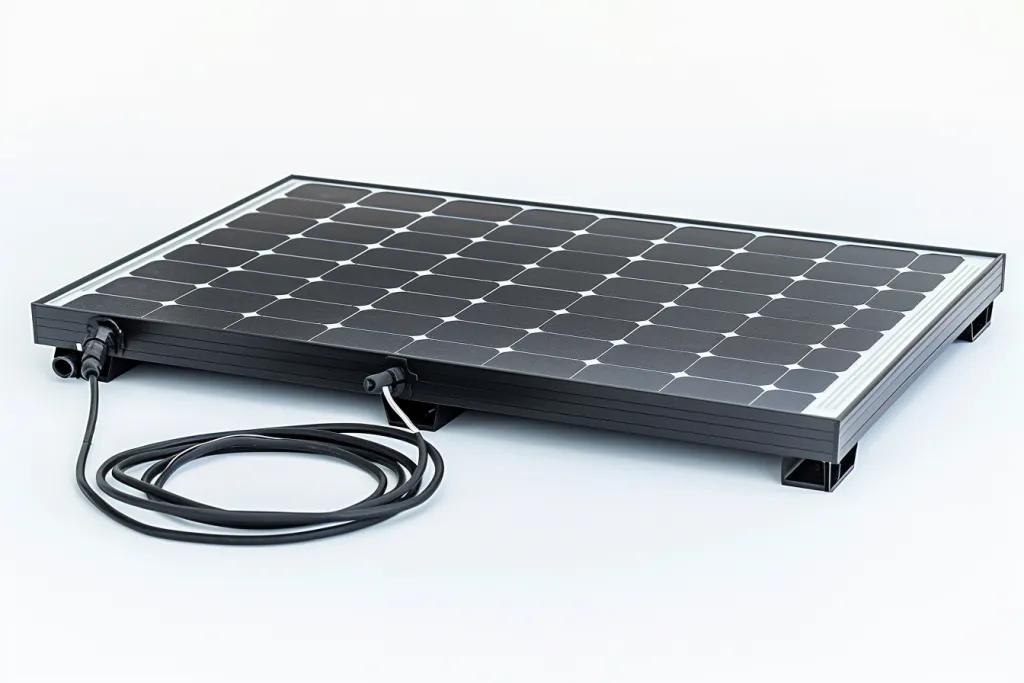
Using a solar battery charger requires some learning and preparation. Position the solar panels in a location where they will get maximum sunlight with as strong a beam as possible; angle them directly at the Sun. You may need to rotate them from time to time as the Sun moves across the sky. Connect the charger to your battery or device following the manufacturer’s instructions, and make sure the connections are snug and fitted correctly, and you’re charging the right type of battery.
Keep an eye on the charging status to make sure you do not overcharge (your charger must have an automatic shut-off feature). If your charger has a charge controller, check the display regularly (if there is one) to make sure that everything is working as it should. Last but not least, care for your solar charger: keep the panels dust-free and stored properly when not in use, to extend the lifetime of your solar charger and see it be at its optimum performance.
Conclusion
Solar battery chargers are a step in the right direction for responsible energy conservation. They are available for every type of device such as cell-phones, GPS devices, MP3 players, laptop computers, and for rechargeable AA and AAA, I will explain how they work, their positive potential and drawbacks, and practical ways to buy and use them.
People who buy solar battery chargers should understand how they operate. They use solar energy collected by their PV (photovoltaic) panels to create energy for the devices. The panels convert the sun’s rays into electrical power. When the device is connected to the charging unit and placed in the sun the energy is transferred to the battery, and the device can be used.
Solar battery chargers have many benefits. They enable us to charge devices without relying on harmful fossil fuels. For remote or luxurious campers, they allow access to information and entertainment without having to run a generator or locate suitable electricity, which keeps the comfort of a night in the wilderness.
For scientists, military personnel, or travellers who need to carry a lot of equipment, solar chargers eliminate the need for multiple sets of batteries. People who live in coastal regions or want to generate their own energy for electricity, heating, or air-conditioning can do it with solar power, which has many beneficial effects on the environment.
To capture the most solar energy, solar battery chargers must be facing the sun. If they are unable to do so, they are less efficient.
For users, the important thing is to look for a charger that matches the voltage and current of the device. If the current is too low, the device will not charge, and a charger that produces a large amount of voltage can damage the device.
In conclusion, solar battery chargers are a big step in the right direction for sustainable energy use. They make a lot of sense from an environmental point of view, and as technology advances, they are likely to become even more essential for our energy needs.




